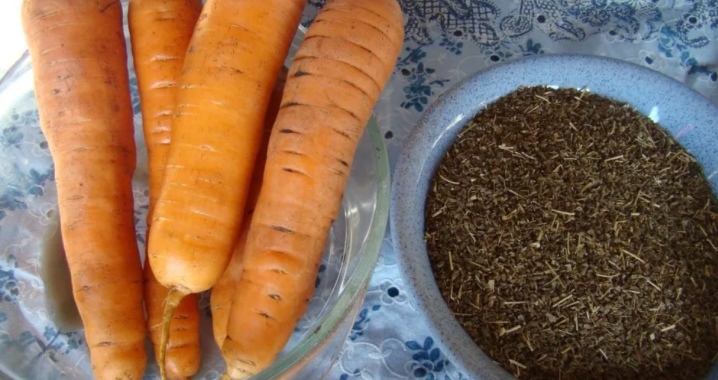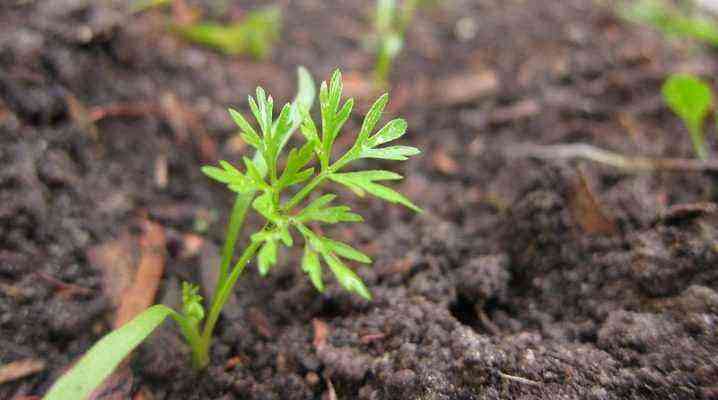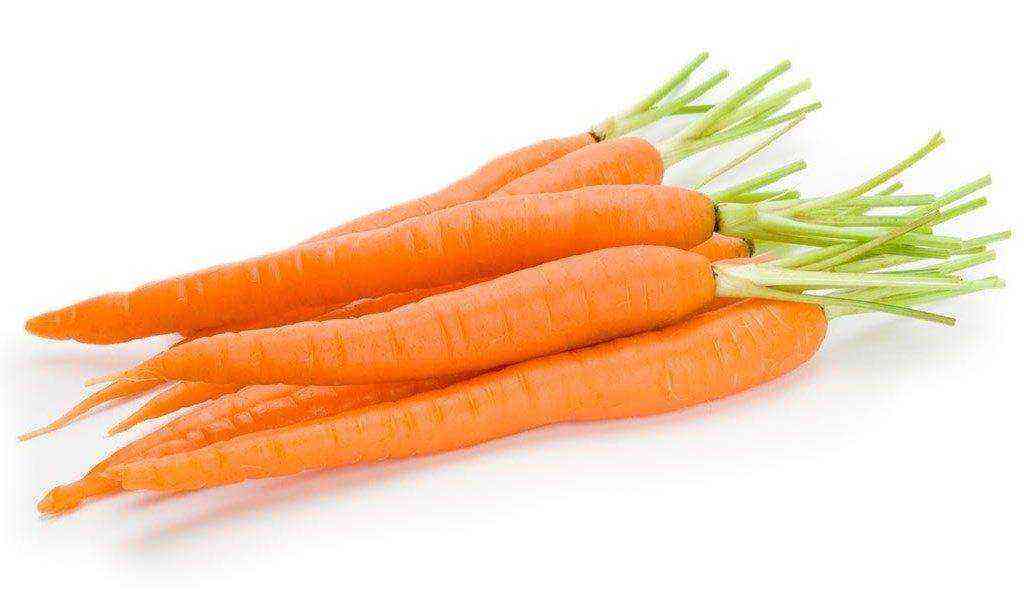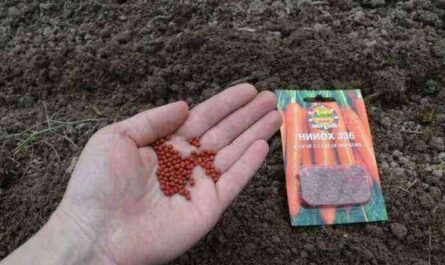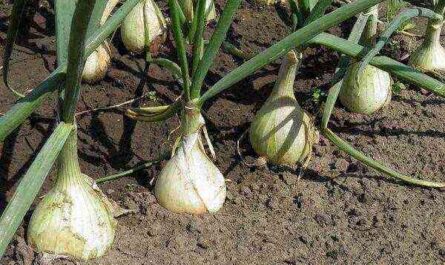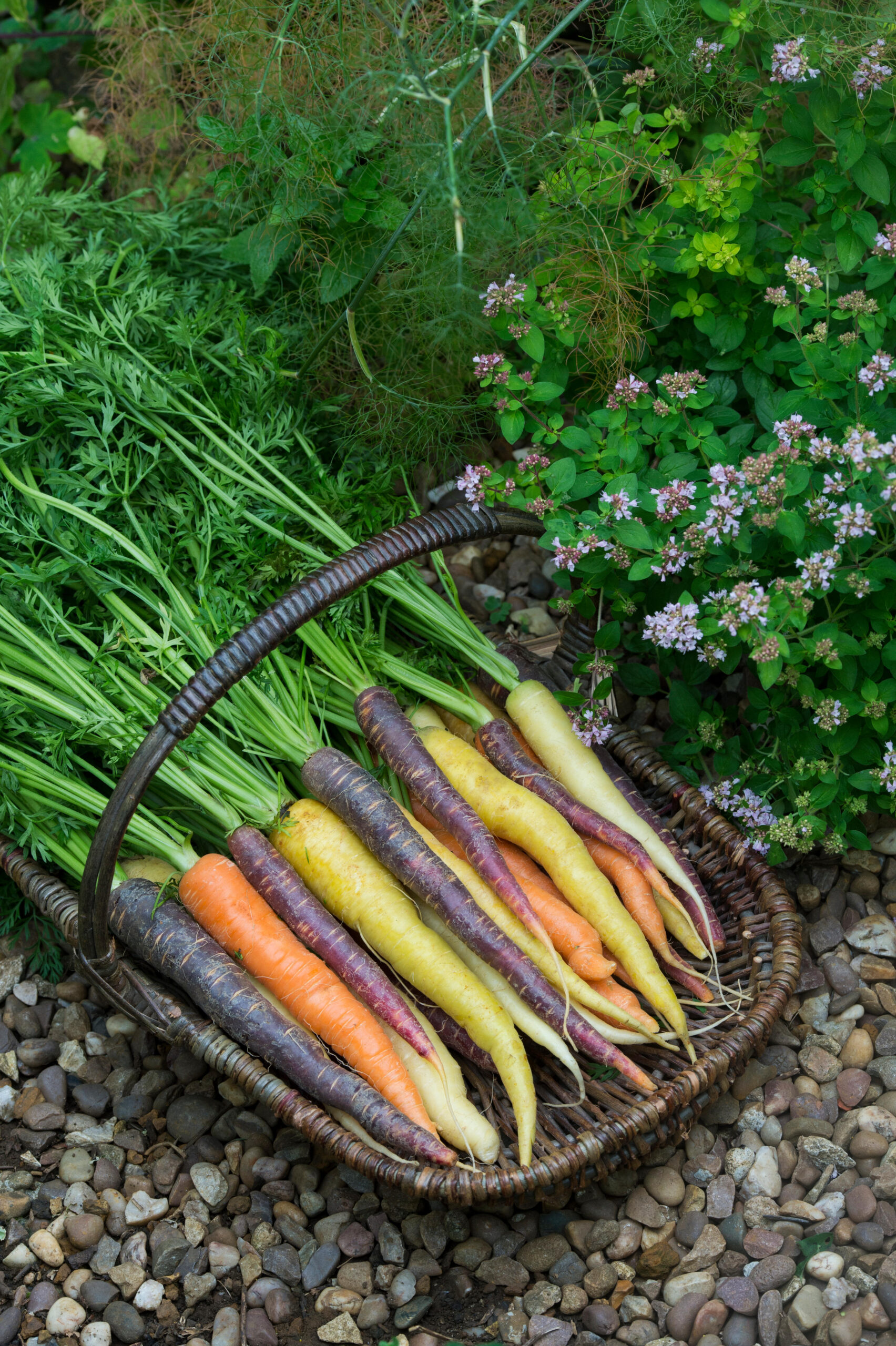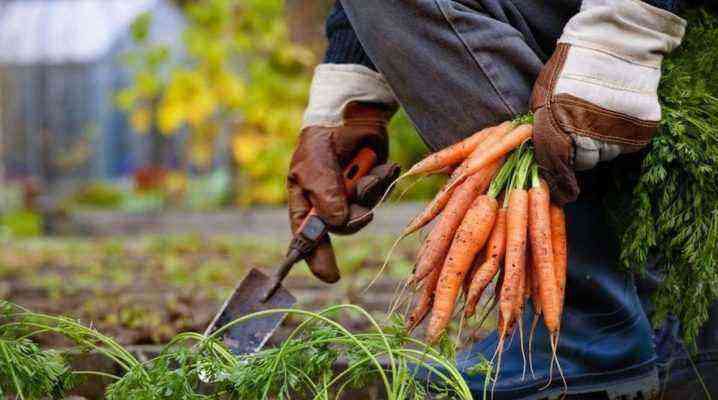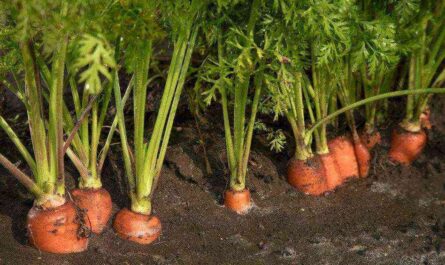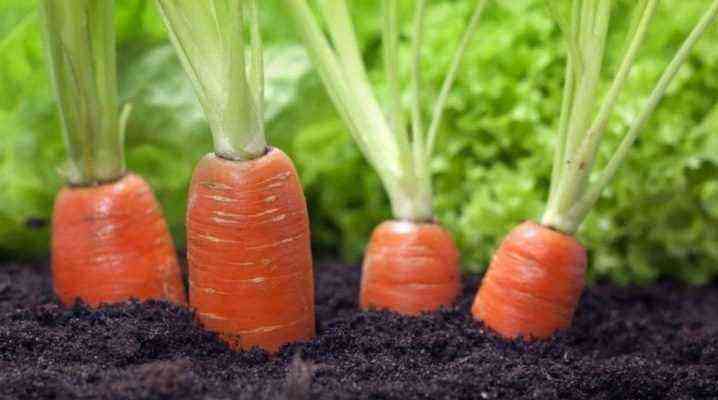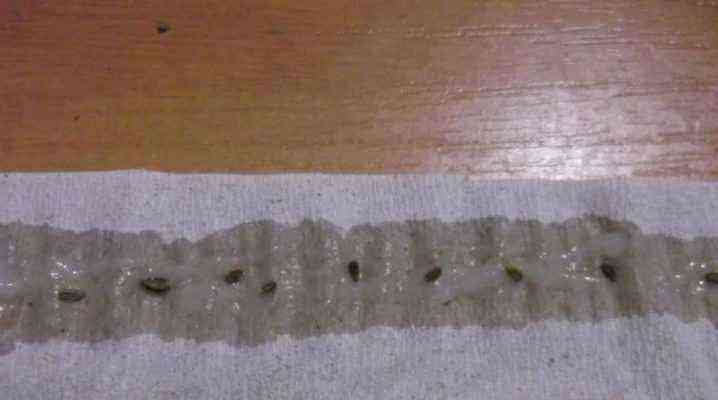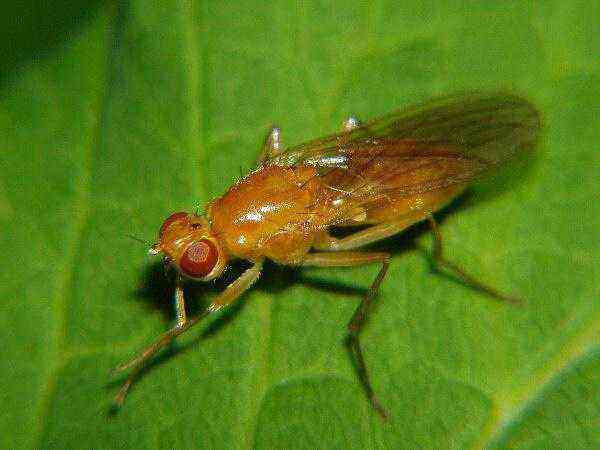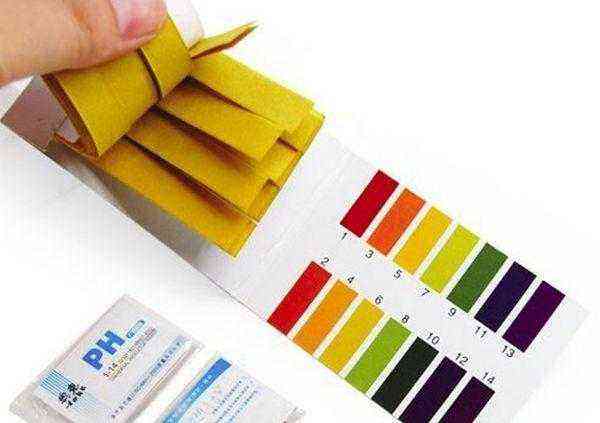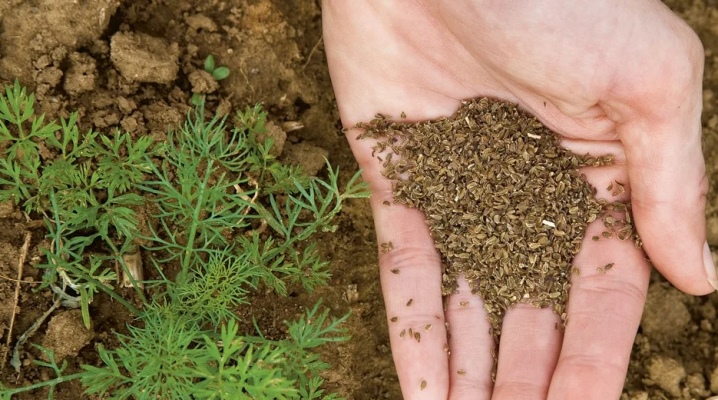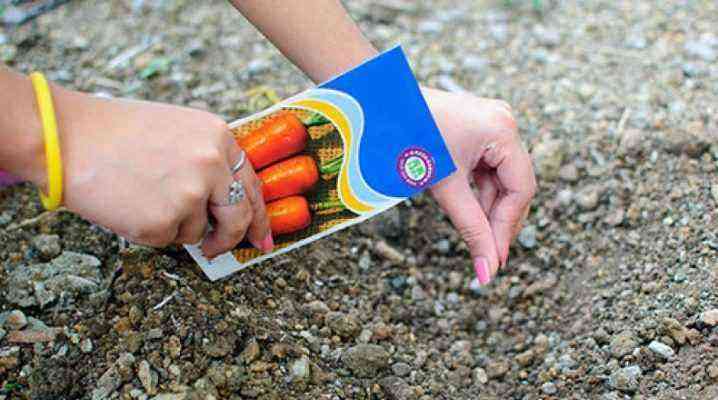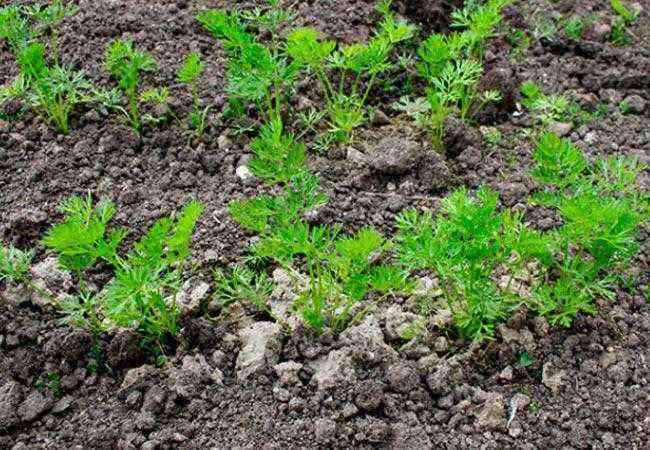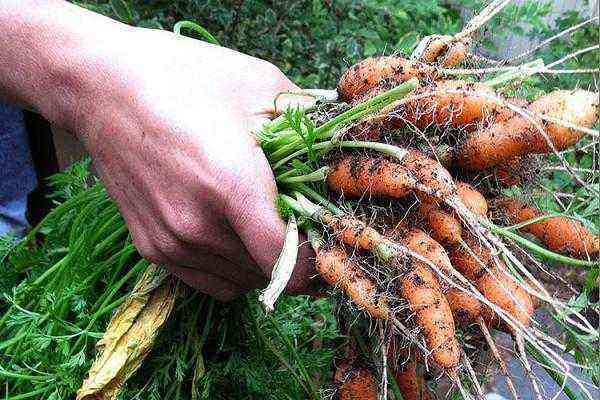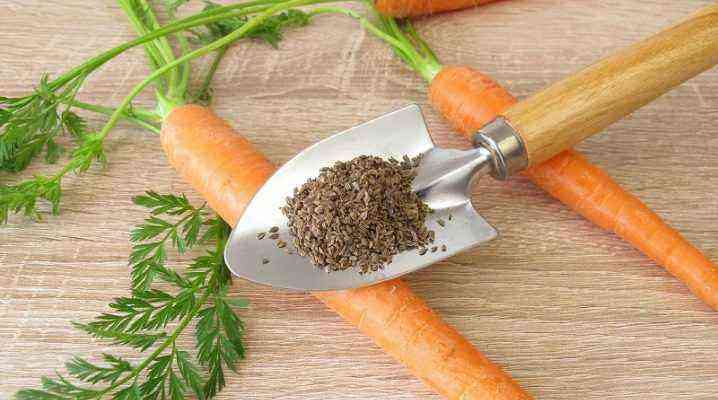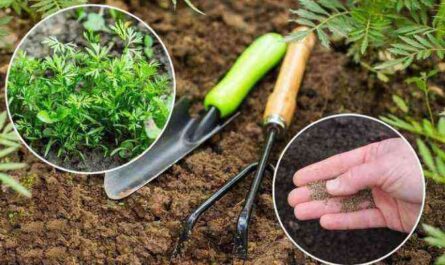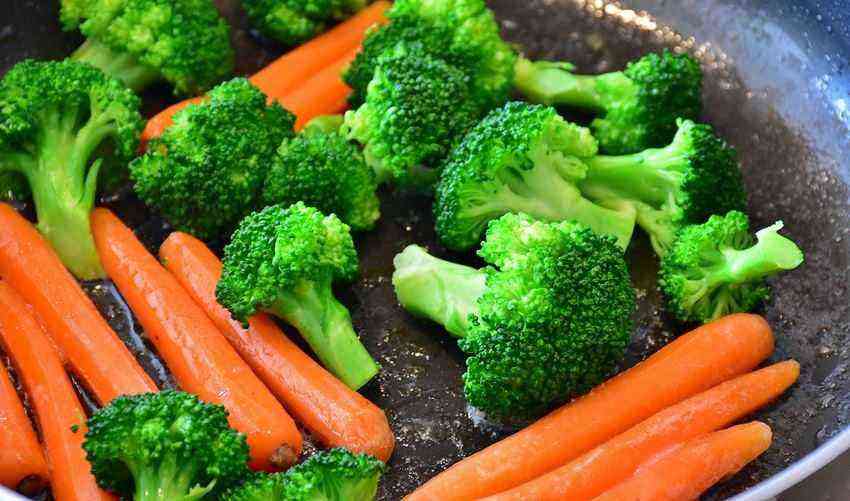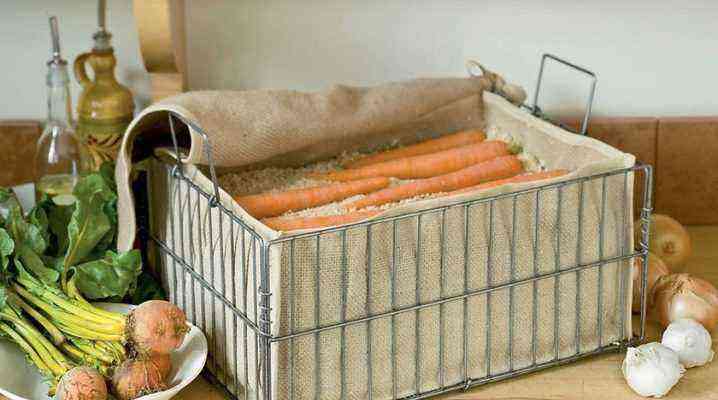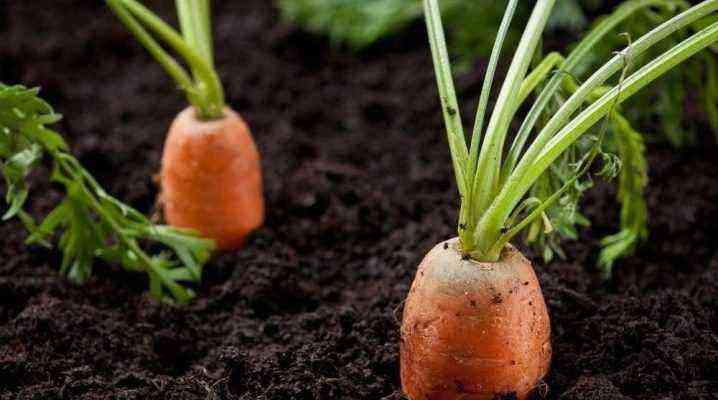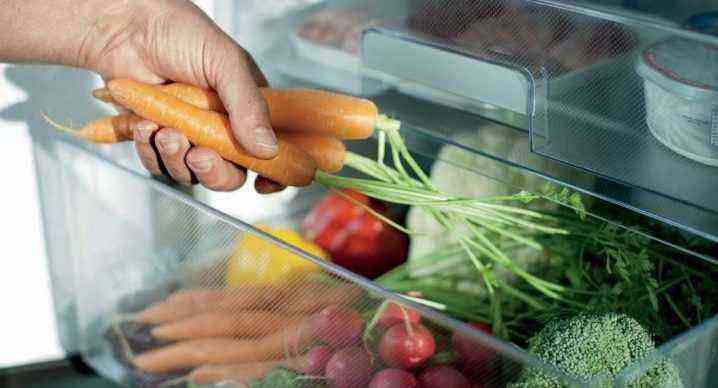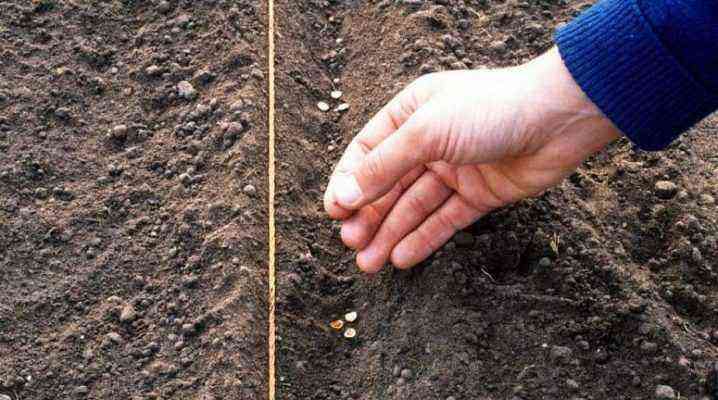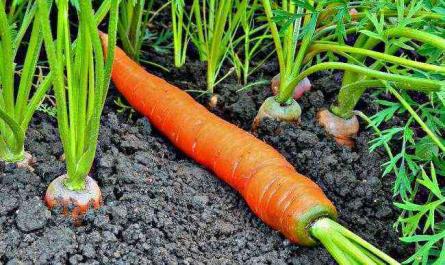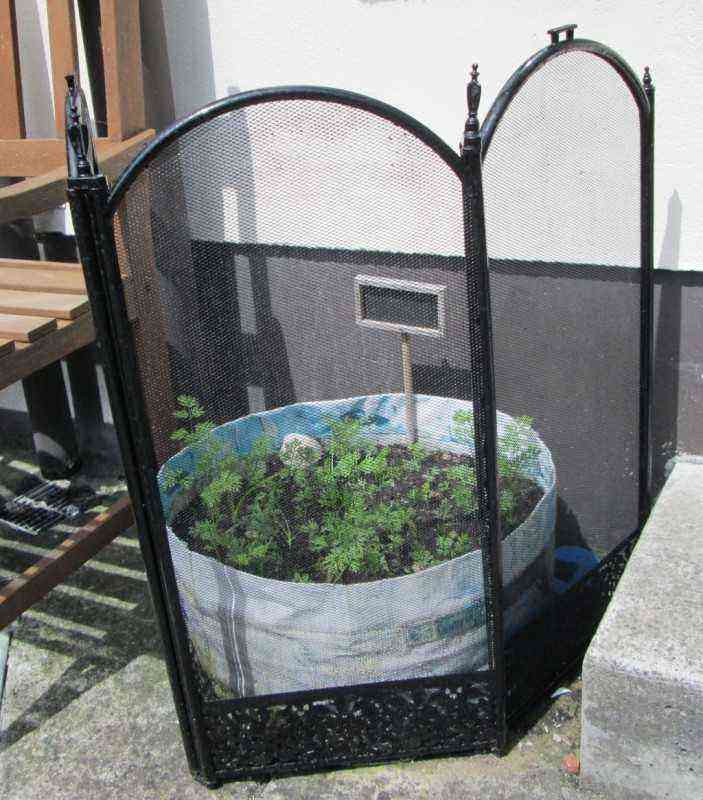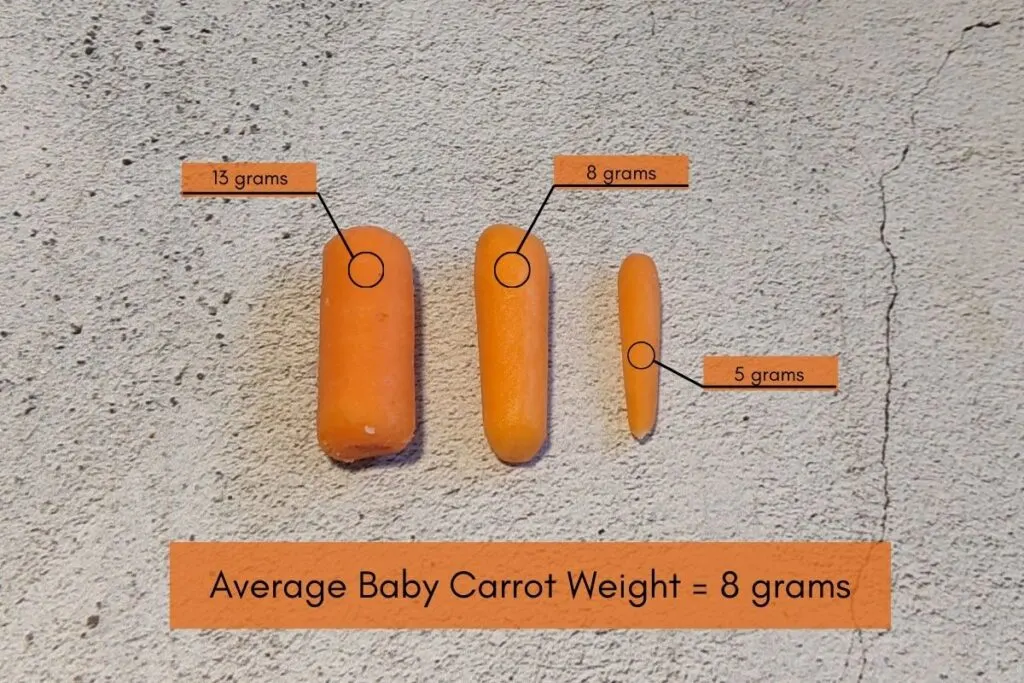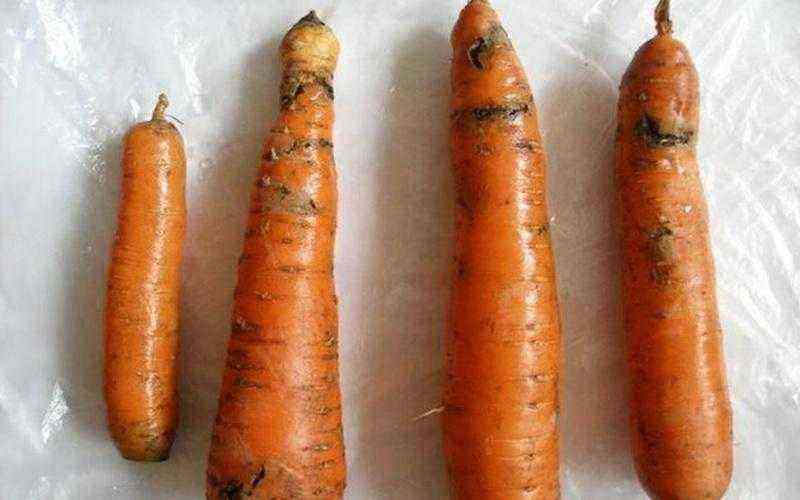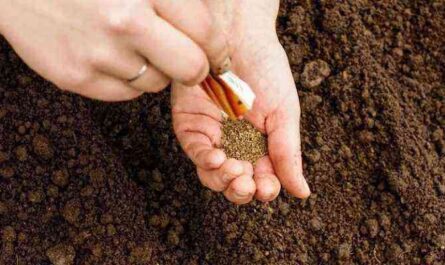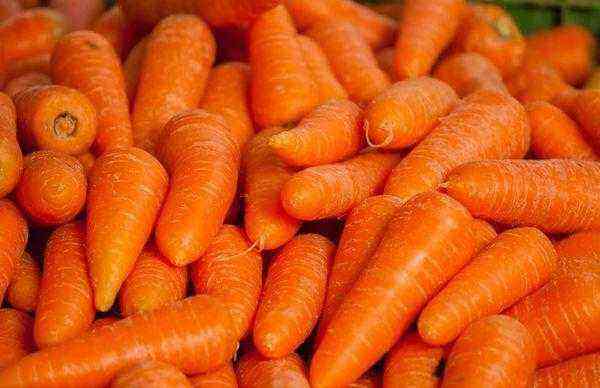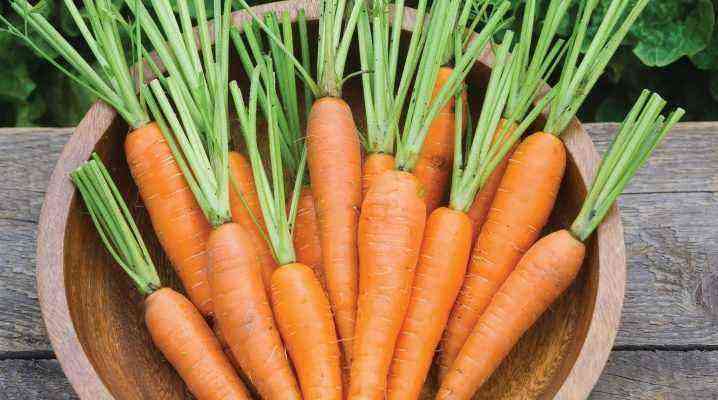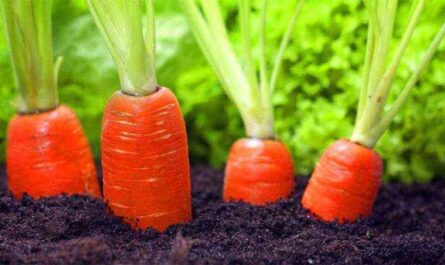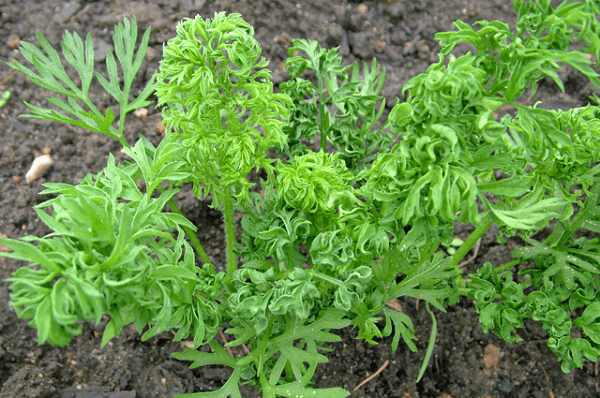
All summer residents know that carrots are a rather capricious culture. In addition, the emergence of seedlings has to wait quite a long time, and after germination, you need to thin out the plantings twice. That is why an alternative method of sowing carrot seeds was invented – in a jelly solution, we will tell about all the tricks of this technique in our article.
Pros and cons of the method
Carrots are among the tough crops. Her seedlings are quite small, and it takes 2 to 3 weeks to germinate. In addition, if seeds are poured into the groove immediately from the bag, then they will be placed unevenly: in some places it is thick, and in some places there is a void. In this case, after the emergence of seedlings, young plants will have to be thinned out, usually it takes a lot of time.
To minimize labor costs, many alternative methods have been devised in which seedlings are planted quite far apart.
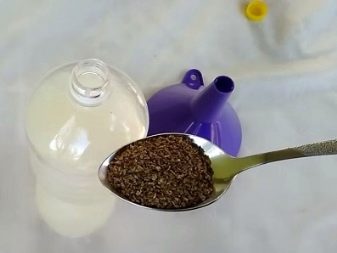

Questions may arise, but is it important to thin out the garden, why not let the carrots grow as they were sown. The answer is simple: in this case, an excess number of vegetables will grow and form in a limited area. As a result, root crops will receive less useful micro and macro elements, as well as moisture. Under these conditions, carrots will grow small and thin. In addition, nearby fruits often begin to intertwine, and this significantly worsens the external characteristics of the crop. Sowing carrots in starch helps to avoid these troubles; it involves a wet planting method. Even if you lay out individual seedlings on tape or toilet paper, this will not ensure uniform gluing. And if you plant dry seeds, you will have to wait too long for them to be saturated with water and begin to swell.
We list the advantages of technology.
- Landing comfort. Seedlings do not crumble and remain lying in the place where they were placed.
- Economy. A strict proportion and the use of an adhesive substance can significantly save planting material.
- humidification. The paste retains moisture near the seeds and thereby increases their germination parameters.
However, there are also disadvantages.
- Waste of time and effort. Planting is necessarily preceded by a long preparation, including moisturizing, preparing a paste, aging and other manipulations. In addition, you need to plant as quickly as possible, since the solution retains its effectiveness for no more than 5-6 hours.
- Need for care. To dissolve the paste at the first stage after planting, abundant watering of the earth will be required.


How to cook jelly?
To cook a paste, you need to prepare inventory:
- pan;
- deep bowl;
- a tablespoon;
- gauze;
- nonwoven fabric;
- polyethylene film;
- awl;
- ruler;
- cocktail tube;
- 1,5 liter plastic bottle.
The paste is prepared on the basis of starch jelly, this will require 500 ml of water and 2,5 tbsp. l. dry starch. Water is put on fire, brought to a boil and turned off. In a separate bowl, starch is diluted with cold water in a small amount. The resulting composition is poured into hot water in a thin stream, stirring continuously.
It is important to ensure that the paste is liquid, and not too thick.
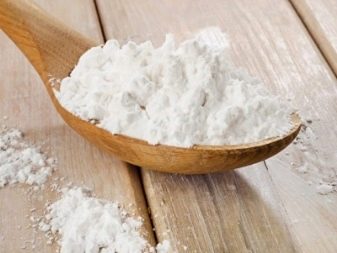
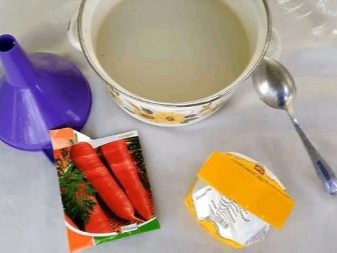
Seed preparation and calculation
Before planting seeds, it is necessary to check them for germination. To achieve a rich harvest of juicy and tasty carrots, you need to use only viable and large seeds. The simplest sorting method involves the use of a 5% sodium chloride solution. Seedlings are dipped into this liquid and wait 10-15 minutes. Seeds of good germination will settle to the bottom. Empty and sick ones will float up, they can be safely rejected. The remaining seeds are sorted by size – for planting carrots, it is best to use seed material with a size of 0,7–0,8 mm.
Preparation includes several more activities. To begin with, the seeds are soaked in clean warm water until signs of swelling appear, this process usually takes 3-5 days. In this case, the water must be changed every 12 hours, all the floating seeds are removed. At the end of soaking, the liquid is drained. Seeds are scattered in a thin layer on gauze to remove all excess moisture, and covered from above. Seedlings are left for 3-4 days at a temperature of 25-26 degrees. All this time, you need to ensure that the fabric does not dry out, it is best to spray it with water from a spray bottle from time to time.
As soon as the seeds begin to germinate, they must be planted immediately. If for some reason this is not possible, then it will be possible to store them in the refrigerator (but not longer than two days), avoiding freezing. If the seeds were obtained from your garden or purchased from summer residents, then they must be disinfected before planting. This measure will make it possible to destroy pathogens of fungal and bacterial infections, and in addition, it will significantly increase the immunity of the plant and its resistance to external adverse factors. Most often, summer residents resort to soaking in a weak solution of potassium permanganate for 10–15 minutes or keeping the planting material in Fitosporin for 10–12 hours.
Calculating the number of seedlings needed to mix with the finished paste is easy. For every 250 ml of sticky substance, 10 g of germinated seeds will be needed. This proportion allows for uniform distribution at regular intervals. Stir the mixture very carefully, breaking up any lumps that arise. The finished composition is poured into a prepared plastic bottle, a hole is made in its lid and a tube is inserted into it. After that, you can transplant into open ground.
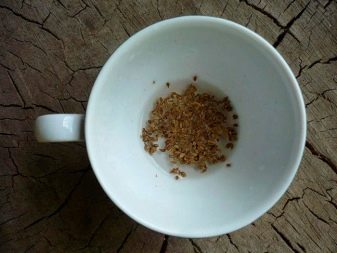

Sowing technology
Planting carrot seeds in starch is not particularly difficult. Work done in the spring.
- First you need to form grooves in the garden 2–4 cm deep and about the width of a palm.
- Earth slightly moisturize with the help of a watering can and rammed with a plank.
- Carefully squeeze the starch mixture into the resulting landing hole. The consumption is 200–250 ml of starch per linear meter of the bed. After the seedlings are sprinkled with earth and watered well. Landing completed.
There are alternative ways to sow carrots using starch.
- With toilet paper. This is a rather laborious method, in this case, carrot seeds are glued to toilet paper in 5-6 cm increments. The resulting tape is placed in a groove prepared in advance and watered. If all the work is done correctly, then the shoots will be even, as if in the picture.
- Coating of seeds. This treatment allows you to get seedlings wrapped in a shell in the manner of granules. For this method, you will need mullein, diluted with cool water in a ratio of 1 to 10. The resulting mixture is filtered, filtered and microfertilizers are added. Further, everything is simple.
Seedlings of carrots fall asleep in a large jar and moisten with a paste. As a result, the starch solution is firmly fixed on the seeds, but they themselves do not stick together. Next, a nutrient mixture of fertilizers is added to the container and shaken well so that the seeds are “powdered”. And then again moistened with a paste. Coating involves alternating starch and organic processing until balls with a diameter of 3-4 mm are obtained.
To make them denser, they need to be sprinkled with crushed wood ash. The result is dry granules. They are laid in the ground by hand.
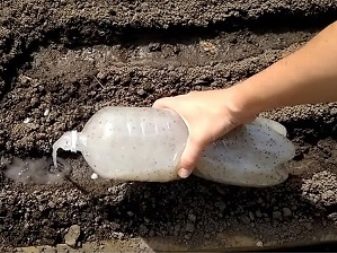

Aftercare
For carrots planted with a paste, you need to properly care for. At first, the seeds will need a high level of soil moisture. To do this, the beds must be regularly watered and covered with plastic wrap on top so that the earth does not dry out. As soon as the first shoots hatch, watering can be reduced to 2 times a week. At this time, it is better to replace the film with agrofibre and allow the plant to develop under it for another 10–14 days. To feed carrots planted in this way, it is necessary to apply fertilizer twice. The first is carried out two weeks after germination, and the second – after 3 weeks. To enrich the beds, you need to take 30 g of superphosphate, ammonium nitrate and potassium salt and dissolve in a bucket of water. The composition is used immediately after the main moistening.
The agrotechnics of root crops assumes obligatory loosening. This should be done the next day after watering, when the ground is covered with a crust. This is important to provide the roots with air, otherwise they will suffocate. It is important to remove any weeds in a timely manner. They will take nutrients from the growing root crop. And besides, they will limit the zone for germination. Such carrots are thin and tasteless.
Planting carrots with a paste allows you to ensure a uniform distribution of seedlings, so the need for thinning plantings is almost completely eliminated.
